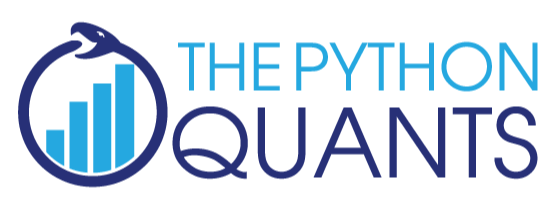This repository provides a few (unpolished) helper scripts to write larger documents with Asciidoctor that import (Python) code from Jupyter Notebook semi-automatically.
The approach introduced hase been used e.g. to write the book Python for Finance (2nd ed., O'Reilly). See http://py4fi.tpq.io.
The repository is authored and maintained by The Python Quants GmbH. © Dr. Yves J. Hilpisch. MIT License.
The following requires a standard Python 3.x installation as well as the installation of Asciidoctor — see https://asciidoctor.org.
The basic idea of the approach is to use Asciidoctor as the basis. Codes can be written and stored in Jupyter Notebooks. Tags are added that later (after a parsing step) are used to include code snippets automatically into the Asciidoctor files. The same holds true for images/plots that are created during the execution of a Jupyter Notebook.
The files in the files folder are taken from earlier draft versions of Python for Finance (2nd ed., O'Reilly, http://py4fi.tpq.io). They have been modified for the simplified example to follow.
To render the example files (see files folder) with Asciidoctor, do the following.
First, execute the Jupyter Notebook (code/why_python.ipynb) and save it. Note the tags added in raw cells. Plots are saved automatically (in images folder).
Second, on the shell in the files folder, parse the executed and saved Jupyter Notebook via
python nb_parse.py code/why_python.ipynb
This creates a text file with location and name code/why_python.txt.
Third, on the shell, execute
asciidoctor -a stem=latexmath py4fi.asciidoc
to render a HTML version.
Fourth, on the shell, execute
asciidoctor-pdf -r asciidoctor-mathematical -a pdf-style=basic-theme.yml py4fi.asciidoc
rm *.png
to render a PDF version and delete temporary png files.
The file nb_parse.py is at the core of the example and the approach presented. It has grown over the course of writing Python for Finance (2nd ed.). However, it has not been reenginered or optimized in any way. Therefore, use it with caution and take it maybe as a starting point for your custom conversions.
The following screenshot shows example output from the HTML version.
The following screenshot shows example output from the PDF version.


